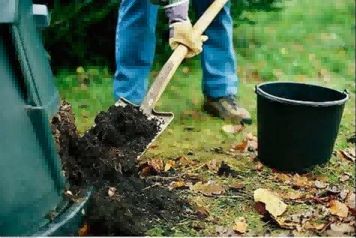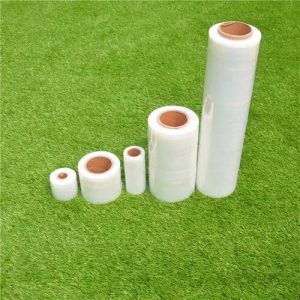In the quest for sustainable solutions, industries are continually seeking alternatives to conventional plastics. One such innovation in making waves is biodegradable stretch wrap film. But what exactly is this eco-friendly packaging material, and how does it differ from traditional options?
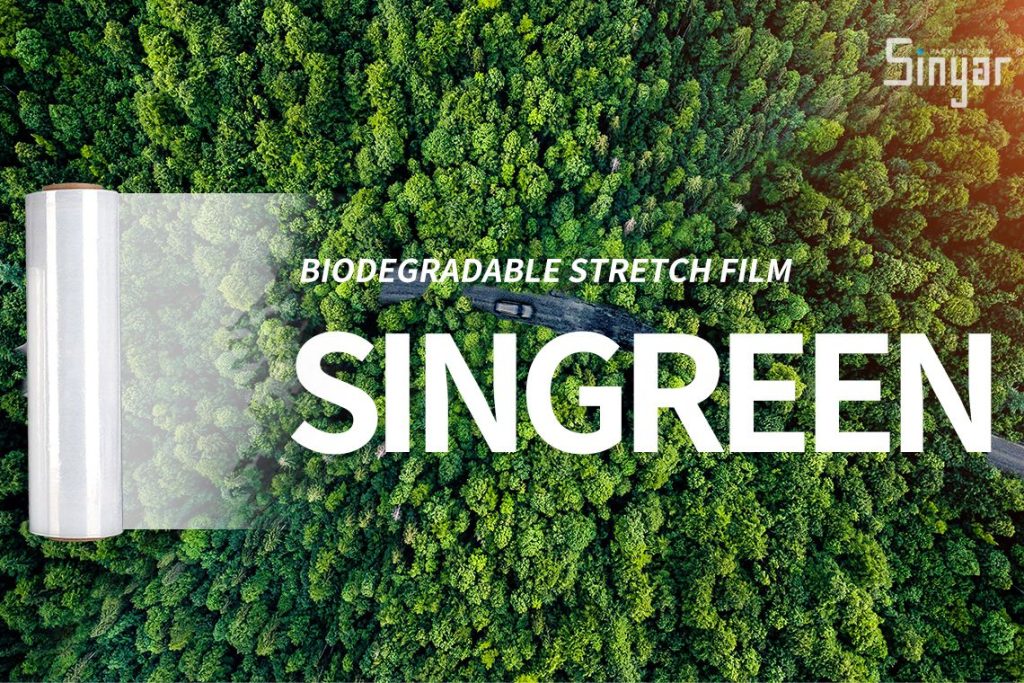
What is biodegradable stretch wrap film?
Biodegradable stretch wrap film is a packaging material designed to decompose naturally over time, unlike traditional plastic wraps that persist in the environment for centuries. It is typically made from plant-based materials such as cornstarch or sugarcane, which undergo microbial degradation, leaving behind minimal to no harmful residues.
Benefits of Biodegradable Stretch Wrap Film
In the global push towards sustainability, biodegradable stretch wrap film offers a myriad of advantages over its conventional counterparts.
Environmental Benefits
Unlike traditional plastic films that contribute to pollution and environmental degradation, biodegradable stretch wrap film minimizes the ecological footprint. As it breaks down into non-toxic components, it reduces landfill waste and mitigates harm to wildlife.
Economic Benefits
While eco-friendly initiatives often come with a higher price tag, the economic benefits of biodegradable stretch wrap film are compelling. Reduced disposal costs, along with potential brand enhancement through sustainability efforts, can translate into long-term financial gains for businesses.
Applications of Biodegradable Stretch Wrap Film
The versatility of biodegradable stretch wrap film extends across various industries, offering sustainable packaging solutions for diverse applications.

Food Packaging
In the food industry, where freshness and hygiene are paramount, biodegradable stretch wrap film provides a safe and eco-conscious option for preserving perishable goods. From fruits and vegetables to dairy products, its protective seal ensures product integrity while minimizing environmental impact.
Agriculture
In agricultural practices, where plastic mulches and wraps are commonly used for crop protection, biodegradable alternatives offer a sustainable alternative. These films provide moisture retention, weed suppression, and soil insulation benefits while degrading harmlessly into the soil after use.
Manufacturing
From securing pallets during transportation to bundling goods in warehouses, biodegradable stretch wrap film offers reliable packaging solutions across manufacturing sectors. Its strength, durability, and eco-friendly properties make it an attractive choice for businesses striving for sustainable practices.
Comparison with Traditional Wrap Films
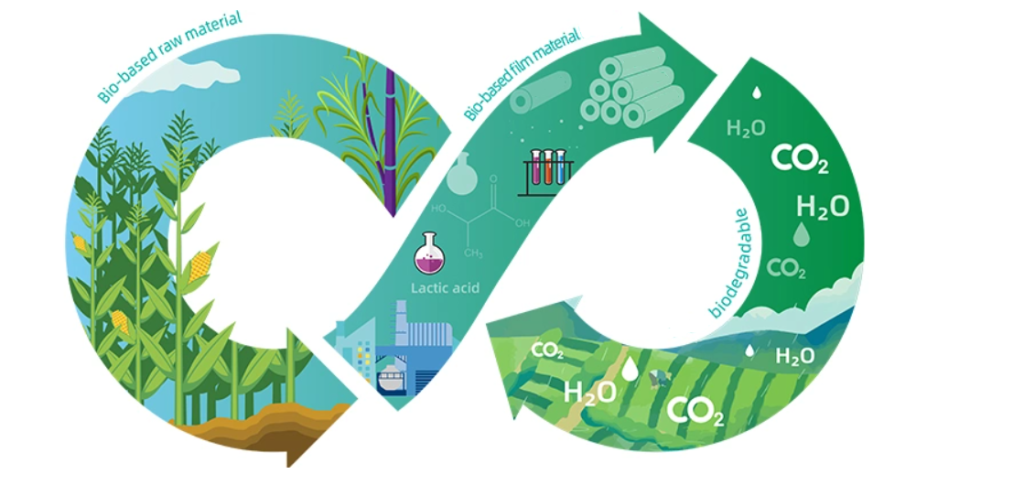
Environmental Impact
The stark contrast between biodegradable stretch wrap film and traditional plastic films lies in their environmental impact. While conventional plastics persist in landfills and oceans for centuries, biodegradable alternatives break down into organic matter, reducing pollution and safeguarding ecosystems.
Performance
Despite their eco-friendly nature, biodegradable stretch wrap films are comparable in performance to their traditional counterparts. They offer excellent cling, tear resistance, and load stability, ensuring the safe transportation and storage of goods while minimizing material usage.
Factors to Consider Before Choosing Biodegradable Stretch Wrap Film
Before making the switch to biodegradable stretch wrap film, several factors warrant consideration to ensure optimal performance and environmental efficacy.
Material Composition
Understanding the composition of biodegradable films is crucial, as not all materials decompose at the same rate or leave behind environmentally benign residues. Look for certifications and transparency regarding the film’s ingredients to make an informed choice.
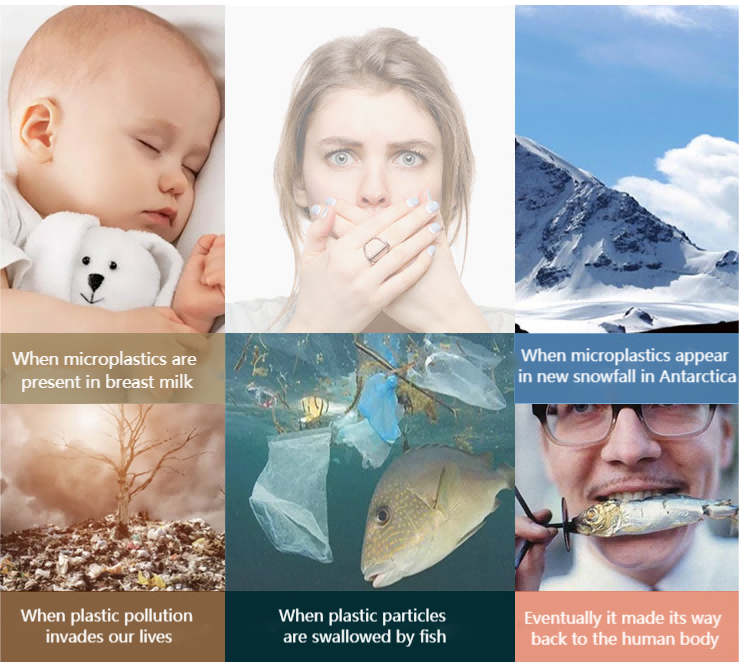
Biodegradability Certification
Certifications such as ASTM D6400 or EN 13432 indicate that the stretch wrap film meets specific standards for biodegradability and compostability. Ensure that the product carries relevant certifications from reputable organizations to guarantee its eco-friendly credentials.
Performance Characteristics
While prioritizing sustainability, it’s essential to assess the performance characteristics of biodegradable stretch wrap film, including stretchability, puncture resistance, and shelf life. Opt for products that offer comparable performance to traditional options without compromising on environmental benefits.
Tips for Using Biodegradable Stretch Wrap Film Effectively
Maximizing the efficacy of biodegradable stretch wrap film requires adherence to best practices throughout its lifecycle.
Proper Storage
Store biodegradable stretch wrap film in a cool, dry place away from direct sunlight to maintain its integrity and prolong shelf life. Exposure to moisture and heat can accelerate degradation, compromising its performance.
Correct Application
Ensure proper application techniques when using biodegradable stretch wrap film to achieve optimal load stability and protection. Proper tensioning and overlapping are essential for creating a secure seal without excessive material usage.
Disposal Practices
Dispose of biodegradable stretch wrap film responsibly by composting it in industrial composting facilities or adhering to local recycling guidelines if applicable. Avoid contaminating recycling streams with non-compostable materials to facilitate proper decomposition.
Challenges and Limitations
While biodegradable stretch wrap film holds immense promise for sustainable packaging, several challenges and limitations persist.
Availability
Limited availability and higher costs compared to traditional options remain significant barriers to widespread adoption. However, as demand grows and production scales up, prices are likely to become more competitive.
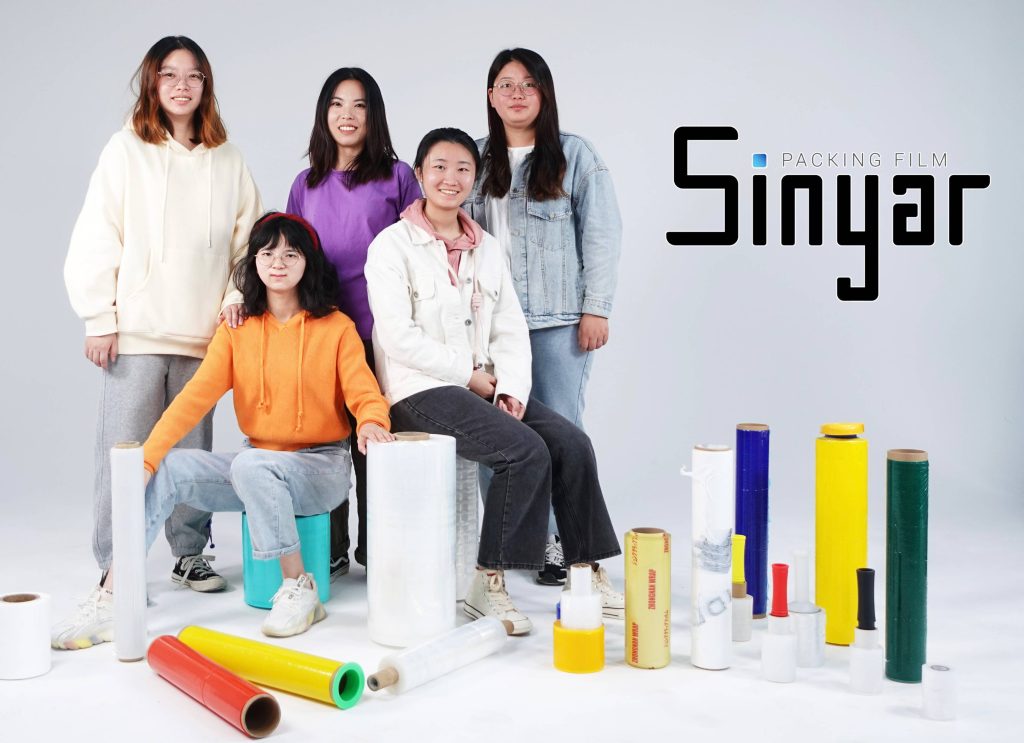
Performance
Despite advancements in biodegradable materials, some formulations may still lack the durability and performance characteristics required for certain applications. Ongoing research and development efforts aim to address these challenges and expand the usability of biodegradable stretch wrap film.
Future Outlook
The future of biodegradable stretch wrap film looks promising, driven by ongoing innovations and increasing consumer demand for sustainable packaging solutions.
Advancements in Biodegradable Materials
Continuous research into novel materials and manufacturing techniques is fueling advancements in biodegradable stretch wrap film, improving performance while minimizing environmental impact.
Market Growth
As awareness of environmental issues grows and regulations governing plastic usage tighten, the market for biodegradable packaging is poised for significant growth. Investments in infrastructure and technology will further accelerate this transition towards sustainable alternatives.
Biodegradable stretch wrap film represents a paradigm shift in packaging, offering an innovative solution to the pressing environmental challenges posed by traditional plastic films. Its development and adoption underscore a growing commitment to sustainability across industries, aimed at reducing waste and mitigating ecological impacts. By embracing biodegradable stretch wrap film, businesses not only contribute to environmental preservation but also align with consumer preferences for eco-friendly products, potentially gaining a competitive edge in the market.
The transition towards biodegradable materials, however, is not without its challenges. Availability, cost, and performance characteristics remain significant considerations for companies looking to make the switch. Despite these hurdles, the trajectory of biodegradable stretch wrap film is undeniably positive, propelled by technological advancements and increasing demand for sustainable packaging options. As we move forward, continued innovation and support from both businesses and consumers will be crucial in fostering a more sustainable packaging ecosystem for future generations.
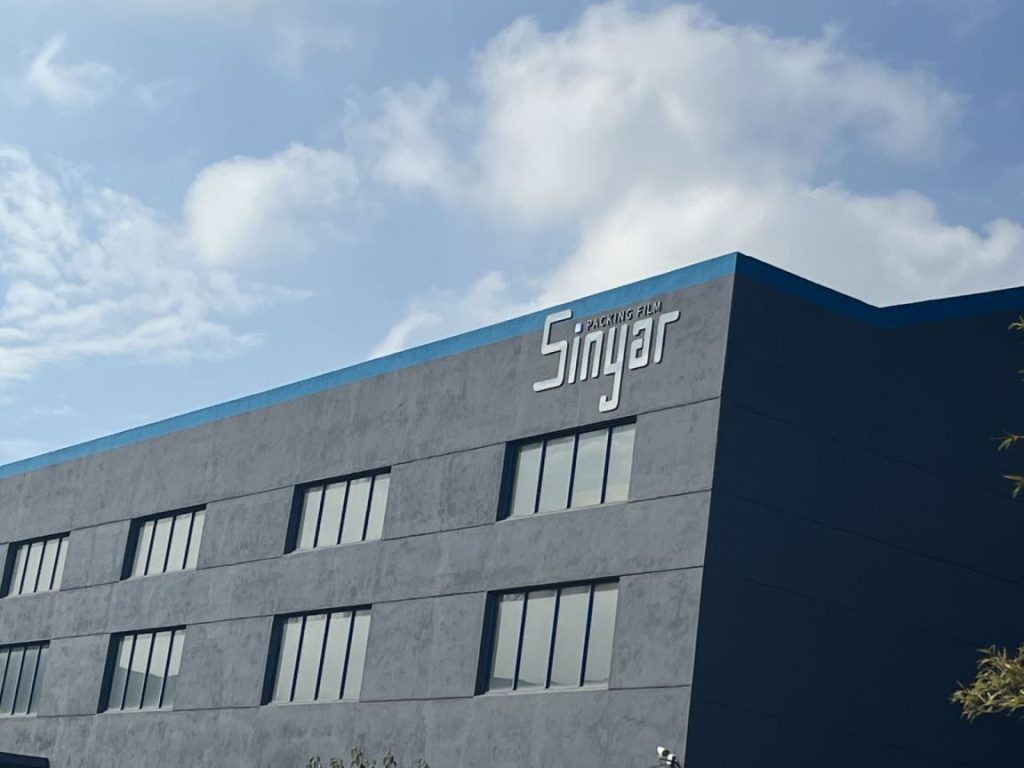
FAQ:
- How long does it take for biodegradable stretch wrap film to decompose?
The decomposition time for biodegradable stretch wrap film can vary based on environmental conditions and material composition, typically ranging from a few months to a couple of years. - Can biodegradable stretch wrap film be recycled?
While biodegradable stretch wrap film is designed to break down over time, it may not be suitable for traditional recycling processes. It’s best to check with local waste management guidelines for proper disposal. - What certifications should I look for when purchasing biodegradable stretch wrap film?
Look for certifications such as ASTM D6400 or EN 13432, which indicate that the product meets stringent standards for biodegradability and compostability. - Is biodegradable stretch wrap film more expensive than traditional options?
Initially, biodegradable stretch wrap film may be more costly than traditional plastic films due to the materials and processes used in manufacturing. However, the long-term environmental benefits and potential reduction in disposal costs can offset the higher upfront price. - Are biodegradable stretch wrap films as durable as traditional ones?
Biodegradable stretch wrap films are designed to offer comparable durability and performance characteristics to traditional films, although specific properties may vary depending on the material composition and manufacturing processes used.

